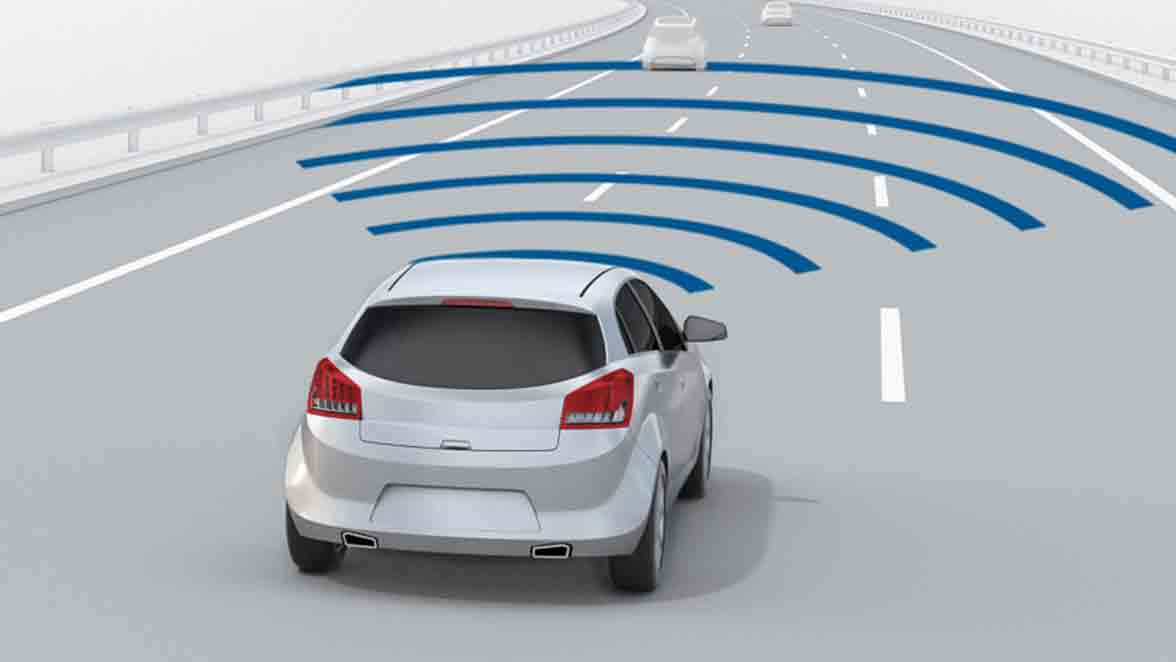Table Of Content

For example, Mercedes-Benz packages the radar behind the upper grille in the center and behind a solid plastic panel that has painted slats to simulate the look of the rest of the grille. Not all systems work at low speeds, so drivers who plan to use ACC in slow traffic should check the limitations of any system they plan to buy. These particular systems will often have the words “traffic jam” or “stop and go” in their name.
Tesla Cybertruck Recall: Unintended Acceleration
2025 Chevy Silverado HD High Country Gets Standard Adaptive Cruise Control - GM Authority
2025 Chevy Silverado HD High Country Gets Standard Adaptive Cruise Control.
Posted: Sat, 27 Jan 2024 08:00:00 GMT [source]
It can use radar, laser, binocular computer vision systems, a forward-aimed camera, or some combination of these technologies to track the traffic ahead of your vehicle. It senses when that traffic flow slows or stops, reacting to maintain the preset following distance. Mercedes offers one of the most comprehensive adaptive cruise control and driver-assistance suites of any automaker. Its latest Distronic Plus system can keep up with traffic, but also brake the car to a full stop in stop-and-go situations.
Vehicle models supporting adaptive cruise control
You can often spot these cameras integrated into the grille or mounted behind the windshield. These sensors communicate with a computer that controls the throttle and, sometimes, the brakes and the steering system. In its most basic form, adaptive cruise control technology only handles acceleration and deceleration, usually by following the car in front and maintaining a set following distance. Adaptive cruise control (ACC) is like traditional cruise control, but smarter.
Mercedes-Benz
Automotive engineers tweaked around the edges of cruise control for the next 35 years. However, cruise control didn’t evolve much beyond the first system that found its way into the 1958 Chrysler Imperial. Kelley Blue Book® Values and pricing are based in part on transactions in your area.
You will rarely find it listed as a stand-alone option. Early systems didn’t allow for presetting the maintained following distance. Consequently, a vehicle six or seven car lengths ahead of you moving into your lane became almost an airbag-deploying event.

Multi-sensor systems
By the early 1990s, Japanese carmakers were adding a form of forward collision warning to their cruise control, but it was still up to the driver to react and apply the brakes. Not until Mercedes-Benz developed its Distronic cruise control did cruise control with self-braking make its first public appearance. Simple to use, all you need to do is turn on the system in your vehicle, reach your desired cruising speed, and set it.
The driver must be prepared to resume control in case of an emergency but otherwise doesn’t have command of the car. That is, the driver’s hands can be off the steering wheel and their attention elsewhere. In addition to following traffic and automatically keeping a car in its lane, Autopilot can execute lane changes with the flick of a turn signal, and negotiate some highway off-ramps. Tesla’s ability to pull data from cars using the system and launch over-the-air software updates means Autopilot has significant potential to improve over time. Like systems available from other automakers, Cadillac’s Super Cruise allows the car to accelerate, steer, and brake without driver intervention on highways. But Cadillac is the only automaker to specifically claim that drivers can take their hands off the wheel.
Which cars have adaptive cruise control?
GPS data can inform the system of geographic features such as a freeway offramp. A camera system could notice driver behavior such as brake lights and/or a turn signal. The systems use lasers, radar, cameras, or a combination of those. If traffic slows to a stop, most ACC systems will bring the car to a complete stop, then bring it back up to speed when traffic gets going again. Others work only within certain speeds and/or might not start to accelerate automatically.
Level 2 still requires the driver’s hands on the wheel and eyes on the road. As stated earlier, some systems will bring your vehicle to a complete stop to match traffic flow. Even more intelligent systems can then accelerate as the traffic flow resumes. These are called assisting, predictive, and multi-sensor systems. This is one technology that cannot easily be retrofitted to an existing car.
” We can sort of forgive Mercedes for its Distronic cruise control. Some call it adaptive cruise control as the root and then tack something onto it. When carmakers pitched cruise control to the American public more than half a century ago, they framed it as a way to maintain a safe, consistent speed on the highway and a path to conserving fuel.
The system then assumes control of the accelerator, maintaining the set speed until the driver engages the brake. Every ACC system works slightly differently, says Kelly Funkhouser, manager for vehicle technology at CR. For example, the Hyundai Elantra SEL ($22,795 with destination fee) offers its Smart Cruise Control with Stop and Go in its optional Convenience Package ($1,900). It also includes forward collision warning with automatic emergency braking, Junction-Turning Detection, navigation, wireless phone charging, heated front seats, and more. On the other hand, the same ACC system is standard for the $27,395 Elantra Limited. Is anyone surprised that carmakers can’t seem to agree on a single term for adaptive cruise control?
Keith Barry has been an auto reporter at Consumer Reports since 2018. He focuses on safety, technology, and the environmental impact of cars. Previously, he led home and appliance coverage at Reviewed; reported on cars for USA Today, Wired, and Car & Driver; and wrote for other publications as well. Keith earned a master’s degree in public health from Tufts University. Here’s a rundown of the terms the various carmakers use for ACC, even those that simply call it adaptive cruise control. Cruise’s autonomous cars are heading to Texas and Arizona before the end of this year.

No comments:
Post a Comment